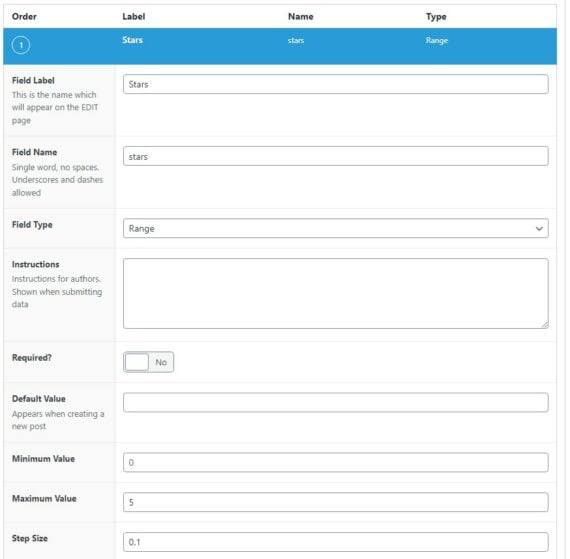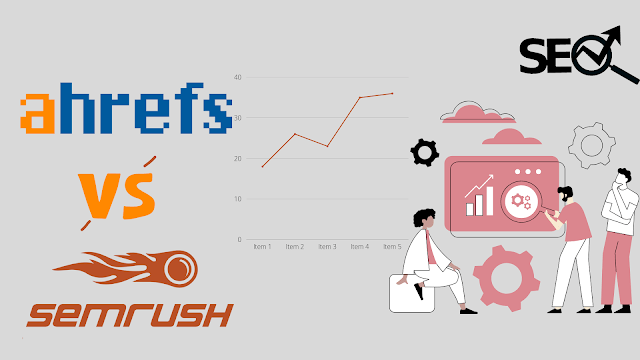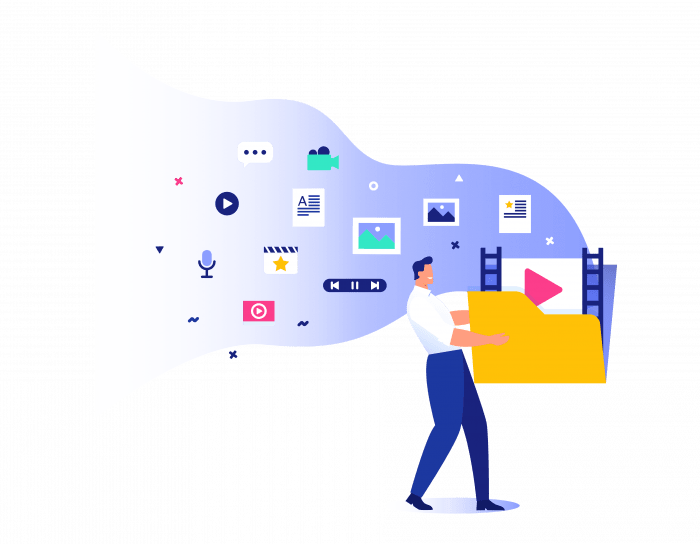
Alphabet CEO Sundar Pichai is confident that Google will find a way to make money selling access to generative AI tools. Microsoft CEO Satya Nadella says his company is already doing it.
Both companies reported better-than-expected quarterly sales and profit on Thursday. And the stock prices of both soared on the results, with Alphabet further buoyed by its new plans to buy back more shares and issue its first-ever dividend.
But the near-term fortunes of Microsoft and Google, at least as far as their generative AI efforts are concerned, look different under the hood and in the comments of their executives. How investors, workers, and potential customers perceive the rivals’ dueling efforts could determine which gets the better chunk of the hundreds of billions of dollars in spending expected to flow to such software in the coming years.
In a call with financial analysts on Thursday, Nadella touted that Microsoft now has 1.8 million customers for GitHub Copilot, a generative AI tool that helps engineers write software code. That’s up from 1.3 million customers a quarter ago.
Among Fortune 500 companies, 60 percent are using Copilot for Microsoft Office 365, a virtual assistant that uses generative AI to help workers write emails and documents, and 65 percent are using a Microsoft Azure Cloud service that enables them to access generative AI software from ChatGPT-maker OpenAI. “Azure has become a port of call for pretty much anybody who is doing an AI project,” Nadella said. The $13 billion dollars Microsoft has invested in OpenAI has certainly helped win those clients.
The buzz of interest in AI services helped drive revenue for Microsoft’s biggest unit, cloud services—up by 7 percentage points compared to a year ago—and Microsoft’s overall sales rose 17 percent to nearly $62 billion. It also gained cloud market share, Nadella added. The number of $100 million cloud deals that Microsoft landed increased 80 percent during the quarter compared to the same period a year ago, and $10 million deals doubled.
Alphabet’s Pichai had milestones to boast about too. He told analysts in a separate call that more than 1 million developers are using Google Cloud’s generative AI tools and that 60 percent of generative AI startups backed by investors are Google Cloud customers. Generative AI is also boosting the ad campaigns of Google’s advertising clients.
But Pichai didn’t say how many signups Google had drawn to Gemini Advanced, a $20 per month subscription plan announced in February that provides access to the company’s most advanced AI chatbot.
On Google’s core business of search, Pichai didn’t share revenue figures related to experiments to summarize query results using generative AI. By providing more direct answers to searchers, Google could end up with fewer opportunities to show search ads if people spend less time doing additional, more refined searches. The types of ads Google does show also could have to shift.
While Pichai said the tests show that users exposed to generative-AI-powered search are doing more searches, they are also potentially less profitable for Google because the underlying technology to power more advanced searchers is costlier than operating its longstanding systems.
Pichai expressed little concern on either front. “We are very, very confident we can manage the cost of how to serve these queries,” he said. “I am comfortable and confident that we’ll be able to manage the monetization transition here as well. It will play out over time.”
Alphabet’s overall sales rose 15 percent to nearly $81 billion.
It spent about the same amount—around $12 billion—as Microsoft investing in infrastructure like servers and data centers last quarter. But the results and comments on Thursday suggest that Microsoft is further along in delivering a payoff.
For now, shareholders are giving both companies leeway. At the close of Thursday, Microsoft shares were up 35 percent over the past year, and Alphabet 51 percent over the past year. They are both at or near all-time highs. But if customers keep flocking to Copilot and the prospects for Gemini and Google search don’t grow more clear, the trend lines soon could diverge.
Comparing Google and Microsoft’s Success in Capitalizing on Generative AI
Artificial Intelligence (AI) has become a game-changer in various industries, revolutionizing the way we interact with technology. One of the most exciting developments in AI is generative AI, which involves machines creating new content, such as images, music, or text, that is indistinguishable from human-generated content. Two tech giants, Google and Microsoft, have been at the forefront of harnessing generative AI’s potential and capitalizing on its success. Let’s delve into how these companies compare in their endeavors.
Google, known for its innovative approach to technology, has made significant strides in generative AI. One of its most notable achievements is the development of DeepMind, an AI research lab that has produced groundbreaking results. DeepMind’s AlphaGo, an AI-powered program, defeated the world champion Go player in 2016, showcasing the immense potential of generative AI.
Google has also capitalized on generative AI in various other domains. For instance, Google’s Cloud AutoML allows users to build custom machine learning models without extensive coding knowledge. This democratization of AI empowers businesses to leverage generative AI for their specific needs. Additionally, Google’s DeepDream project uses generative AI to create visually stunning and surreal images by analyzing and modifying existing images.
Microsoft, on the other hand, has also made significant strides in generative AI. Its research division, Microsoft Research, has been actively exploring the possibilities of generative AI. One notable project is DeepCoder, an AI system that can write code by learning from existing programs. This breakthrough has the potential to revolutionize software development by automating certain coding tasks.
Microsoft has also capitalized on generative AI through its Azure cloud platform. Azure offers various AI services, including Azure Cognitive Services and Azure Machine Learning Studio, which enable developers to build and deploy generative AI models easily. Moreover, Microsoft’s Seeing AI app utilizes generative AI to assist visually impaired individuals by describing the world around them through their smartphone cameras.
When comparing Google and Microsoft’s success in capitalizing on generative AI, it is evident that both companies have made significant contributions. However, Google’s DeepMind has gained more attention due to its groundbreaking achievements, such as defeating human champions in complex games like Go and StarCraft II. These accomplishments have positioned Google as a leader in the field of generative AI.
On the other hand, Microsoft has focused on integrating generative AI into its existing products and services, making it more accessible to a broader audience. By incorporating generative AI into its cloud platform and developing user-friendly tools, Microsoft has empowered businesses and developers to leverage the power of generative AI for their specific needs.
In conclusion, both Google and Microsoft have successfully capitalized on generative AI, albeit in different ways. Google’s DeepMind has pushed the boundaries of what generative AI can achieve, while Microsoft has focused on democratizing and integrating generative AI into its existing products and services. As generative AI continues to evolve, these tech giants will undoubtedly play a crucial role in shaping its future and unlocking its full potential across various industries.






